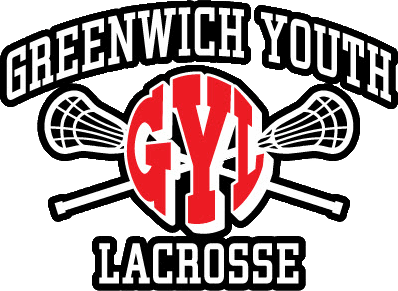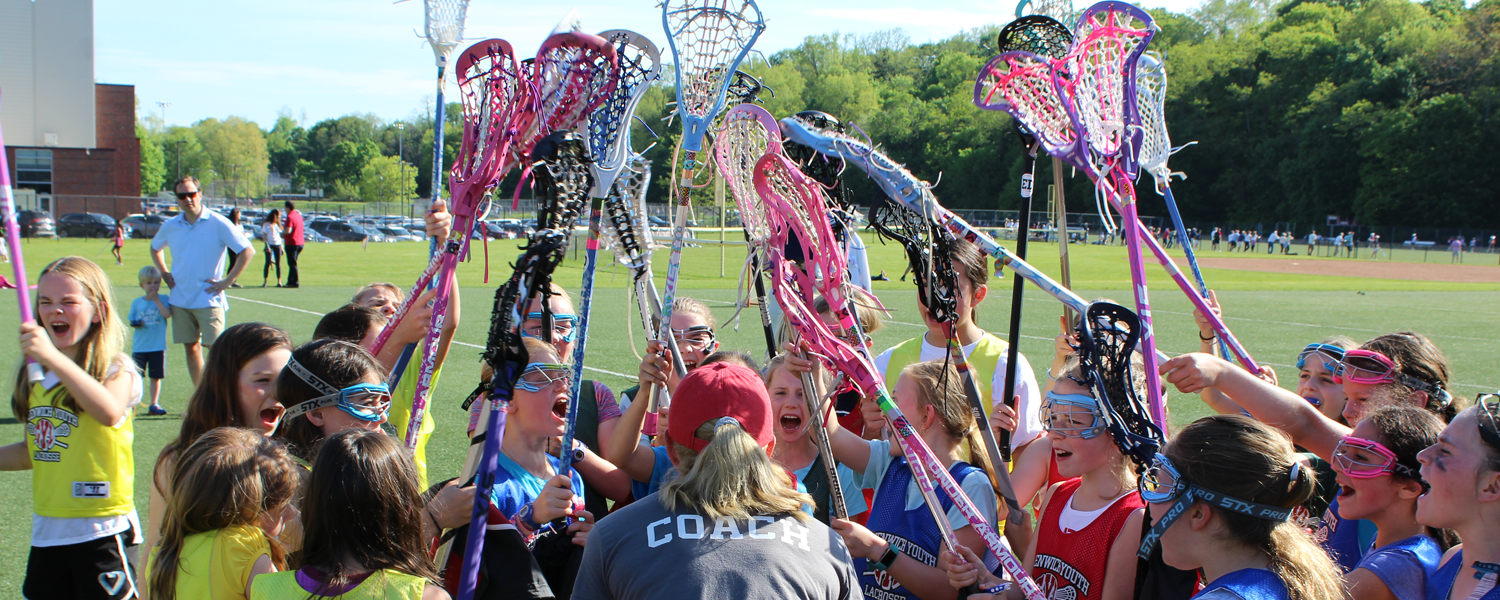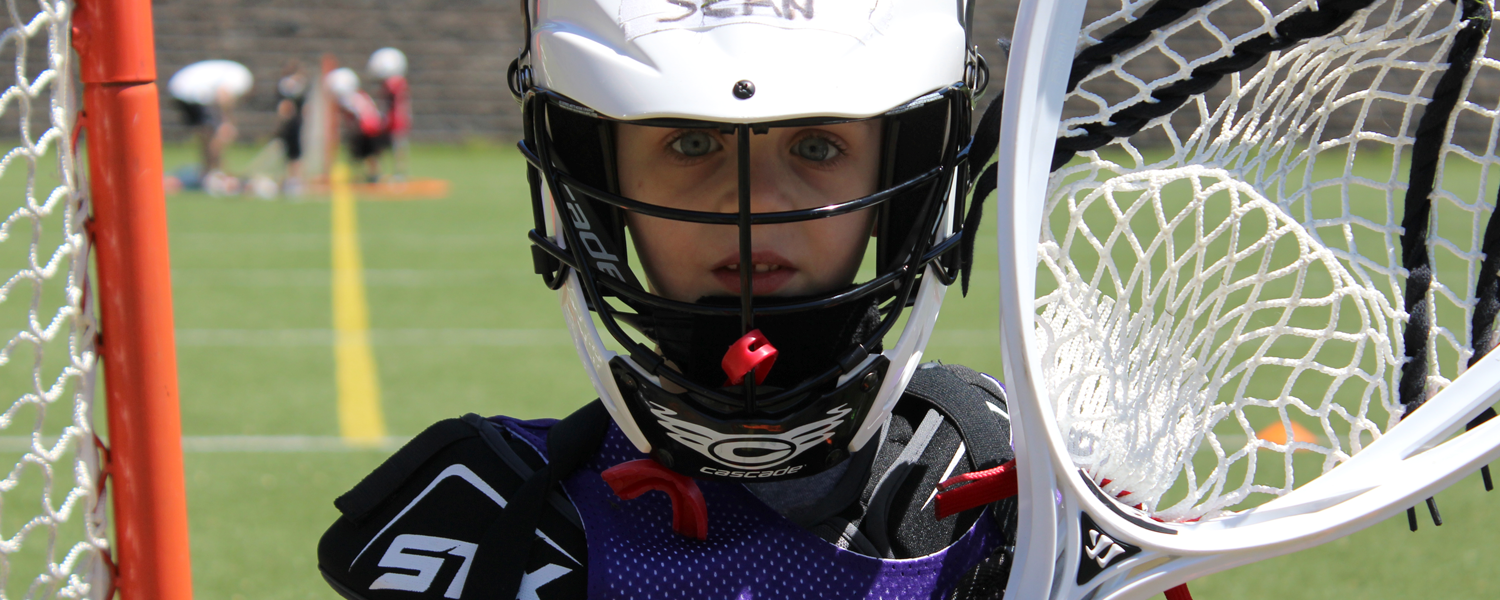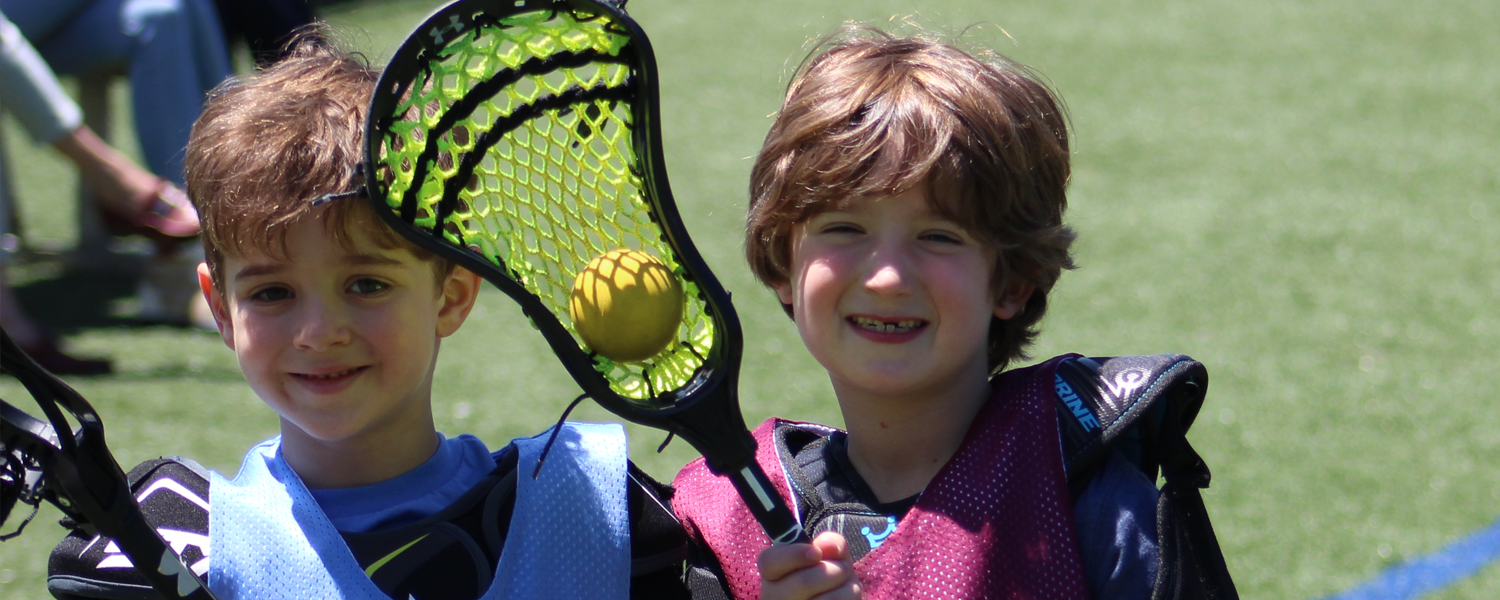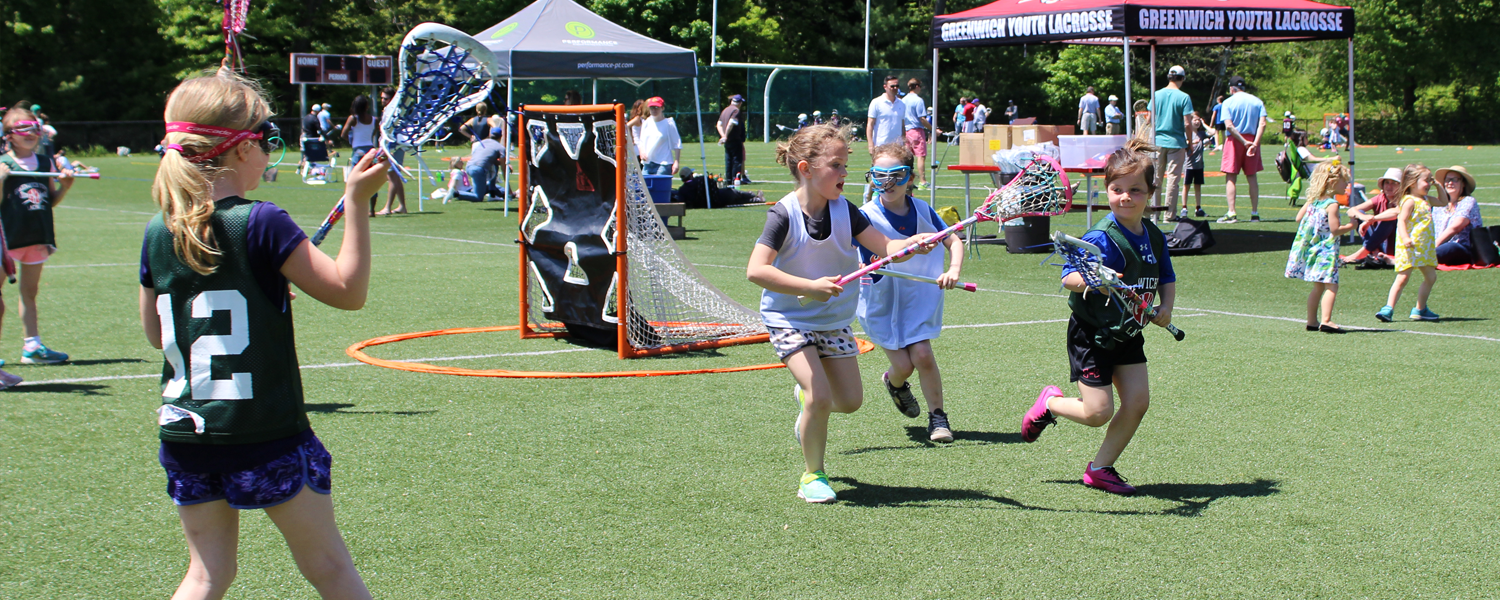Small sided play
I need an introduction!
GYL is a long-time advocate of small-sided play. We have been using small sided fields to play House League since almost the beginning. GYL was the major force behind bringing small-sided play to the CONNY level of play.
What exactly is small sided play? It means you play a game with fewer players competing on a smaller field. GYL’s House League was an early adopter of this concept and our House League has been a model for other programs.
What are the benefits? Small sided play provides a competitive environment where players have a greater opportunity to touch the ball and be involved in the game. The kids gain confidence as they maximize time with the ball in their stick (touches), field time, and overall development.
Seriously? Why mess with the game? Lacrosse and youth sports are changing. It’s about development and not one alpha kid running through a team to score a goal. Below are some additional material that highlight the merits of small-sided play.
So my child will experience small-sided play? Yes! All of GYL House League is based on small sided-play. Our Girls Intro program and CONNY Lacrosse play all 3rd and 4th games on modified fields. Our Boys Intro program and CONNY Lacrosse play a hybrid system with many programs opting for full field play.
US Lacrosse
SMALL BALL: A NEW APPROACH TO LACROSSE PLAYER DEVELOPMENT
Other sports aren’t doing this! Think again. Most sports have adopted a similar mindset and it is changing the way young athletes learn their sport and learn how to compete.
NHL Analytics Tracking of 8U Hockey Players – this video from USA Hockey illustrates how effective it is for young hockey players (6x as many shots in a cross ice game as a full ice game!)
FIFA describes how children get more enjoyment from small-sided games using adapted rules
USTA provides guidance on racquets, court sizes, and different tennis balls that each group will use that is best suited to their size and playing ability
US Youth Soccer recommends different configurations at the U6, U8, U10, U12, and U13+ levels
